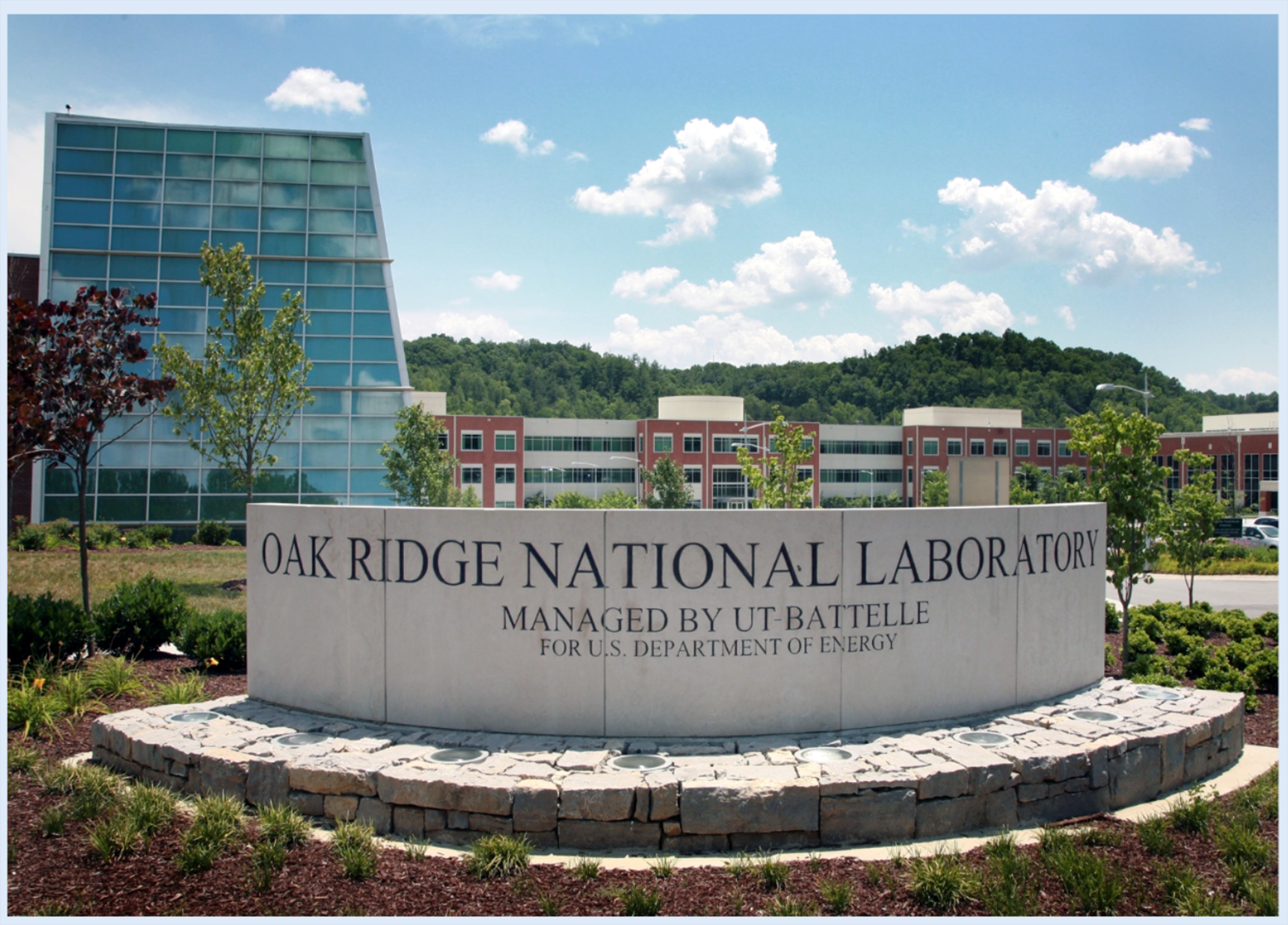![060816oak-ridge-national-lab.jpg [image : 85615426]](http://www.gannett-cdn.com/media/2016/06/08/USATODAY/USATODAY/636009992293407160-060816oak-ridge-national-lab.jpg)
OAK RIDGE, Tenn. — Tennessee, whose scientists played a key role in the discovery of a series of new super-heavy elements, is being rewarded with its name as part of one of the elements, Tennessine.
The International Union of Pure and Applied Chemistry announced Wednesday its provisional recommendation that Element 117 be called Tennessine. Its symbol will be Ts on the periodic table after it undergoes a period of public review.
The name recognizes the contributions of Oak Ridge National Laboratory, the University of Tennessee and Vanderbilt University. The discovery team for three of the elements included 72 scientists from 16 institutions around the world.
“Formal certification of these provisional names is expected in five months,” said Vanderbilt University Professor Joseph Hamilton, who suggested the name, according to the university. “After this occurs, the name of the state of Tennessee will be in the periodic table in textbooks of physics and chemistry worldwide forever.”
![Residents in home of atomic bomb applaud Obama's Hiroshima trip [oembed : 85623802] [oembed : 85623802]](/Portals/_default/Skins/PrestoLegacy/CommonCss/images/smartembed.png)
If approved, Tennessine, discovered in 2010, would be only the second element to be named for a U.S. state. Californium is the other.
The international body also announced the proposed names and symbols for Elements 113, 115 and 118:
- Nihonium, Nh, for Element 113. Nihon, one of two ways to say Japan in Japanese, honors the discoverers at RIKEN Nishina Center for Accelerator-Based Science in Wakō, about 10 miles northwest of Tokyo. It was discovered in 2003.
- Moscovium, Mc, for Element 115, Moscow is the Russian region where the Joint Institute for Nuclear Research, Dubna, is located. It also was discovered in 2003.
- Oganesson, Og, for Element 118. Professor Yuri Oganessian is a Russian nuclear physicist who has helped discover some of the heaviest elements in the periodic table. It was discovered in 2006.
The development of unique super-heavy elements was aided by production of source materials — such as berkelium-249 — at Oak Ridge National Laboratory's High Flux Isotope Reactor. The target material was synthesized at the lab's Radiochemical Engineering Development Center and then shipped to the research facility in Dubna, Russia, where the actual experiment that produced Element 117 took place a few years ago.
Jim Roberto, director of science and technology partnerships at the Oak Ridge laboratory, said the announcement was exciting, but he cautioned that the naming of new elements to the periodic table is not yet official.
![Periodic table's seventh row filled; four elements added [oembed : 85615828] [oembed : 85615828]](/Portals/_default/Skins/PrestoLegacy/CommonCss/images/smartembed.png)
"We're kind of midway through that process now," Roberto said Wednesday.
Each of the institutions involved with the discovery team participated in a conference call earlier to discuss the possible names for the new elements, he said.
![Jim Roberto, Oak Ridge National Laboratory [pullquote : 85623758]](/Portals/_default/Skins/PrestoLegacy/CommonCss/images/pullquote.jpg)
"It was a very collegial process," he said.
The Oak Ridge official said the lab was involved in experiments for three of four new elements, but was particularly tied to development of Element 117. Over an 18-month period, ORNL's produced and purified the target material (berkelium) that was used in an accelerator experiment at Russia's Joint Institute for Nuclear Research to produce the new element.
"We could not have done this experiment in the U.S.," Roberto said. "The Russians could not have done this without us. It was a wonderful collaboration."
Not only did the Oak Ridge lab produce the target material for experiments, but scientists there also traveled to Russia to work with the international team on detector technologies and other aspects of the work.
In a telephone interview, Roberto said establishment of new super-heavy elements like Tennessine is important to scientists because it provides the strongest evidence yet of a concept known as the "island of stability."
The concept was originally proposed in the 1960s and "predicts increased stability for super-heavy nuclei at higher neutron and proton numbers." The nuclei produced in the experiments are consistent with the island of stability.
"It puts us on the shores of the island," Roberto said, noting the future prospects are promising.
![Lab produces car using 3-D printing [oembed : 85623850] [oembed : 85623850]](/Portals/_default/Skins/PrestoLegacy/CommonCss/images/smartembed.png)
Oak Ridge scientists also were involved in experiments for what could become Moscovian and Oganesson.
"We may be able to make materials that have never been produced before, with new properties," Roberto said. "This is a journey, and this is probably the most important step on that journey (to date)."
Contributing: Adam Tamburin, The Tennessean. Follow Frank Munger on Twitter: @frankmunger
![Sciencenews [oembed : 85616270] [oembed : 85616270]](/Portals/_default/Skins/PrestoLegacy/CommonCss/images/smartembed.png)
Science News magazine has added the new provisional symbols to the periodic table of the elements. (Image: Science News)
![Periodic table gets 4 new elements [video : 78267462]](http://videos.usatoday.net/Brightcove2/29906170001/2016/01/29906170001_4685054309001_thumb-newslook923305.jpg?pubId=29906170001)


